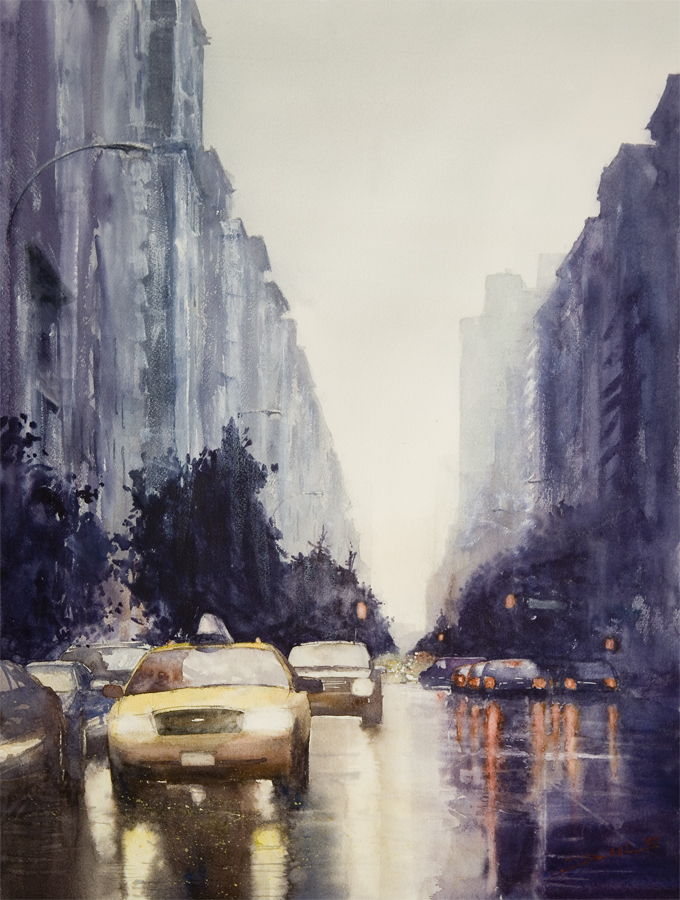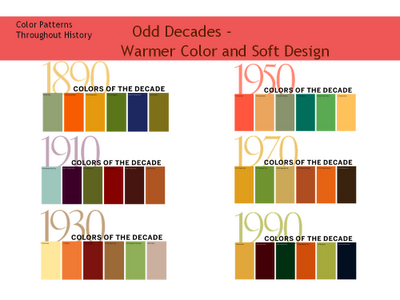Hello Class,
as discussed previously with Julia, I'm going to base this assignment on a video different from the one you discussed, since I wasn't able to see the Yellow Submarine video due to German copyright restrictions.
I must admit it wasn't as easy to find a video to discuss once agin due to the copyright laws and also due to the lack of imagination and artistical composition of the videos nowadays. Finally I chose to discuss the music video of "You are a Tourist" from Death Cab for Cutie. I think this video could have had a lot of creative potential because of their usage of light reflections and geometrical figures. Sadly I think the color blocks and the more filigree lights used in the video don't really match. For example I love the bird perspective of the floor in minute 2:40 in which they showcase a city filled with different options while showing circles in complementary contrasting colors over a crossroad. Also minute 3:33 is amazing with all the more muted colors contrast so well with the highly saturated green of the moving windows. But the contrast from minute 3:33 to 3:36 is just too much, although one might argue that the difference of the geometrical forms to the more filigree ones could be seen as a contrasting complement, I think both of them tell a different kind of story. In my opinion if they would have used only the color blocking/geometrical idea the video would had been much better. All the room's, ballerinas and led lights on the musicians are just distracting elements which are not really necessary. I would love to know what you think about it. Here is the link where you can see the video: http://vimeo.com/24569549
Geometrical
Filigree















































.jpeg)
